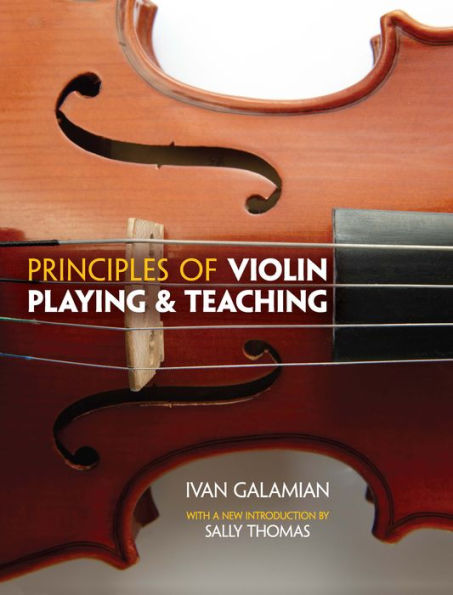Table of Contents
Preface to the First Edition
Introduction
Deficiencies of Some Present Day Systems
Chapter One
TECHNIQUE AND INTERPRETATION
Absolute and relative values. Types of technique. Technique and correlation. Interpretation. Acoustical elements in performance: “vowels” and “consonants.”
Chapter Two
THE LEFT HAND
Body and instrument posture; holding the instrument; left arm; wrist; hand; fingers and thumbs. Movements of the left hand: vertical movement of the fingers; horizontal movement of the fingers; crossing of strings; sliding motion of fingers and hand; vibrato movements. Intonation. Timing. Special technical problems: shifting; double stops; trills; left hand pizzicato; harmonics; chromatic glissando. Fingerings. Vibrato: types of vibrato; study of the vibrato; special problems in the vibrato.
Chapter Three
THE RIGHT HAND
Fundamentals: the system of springs; holding the bow; the physical motions; drawing the straight bow stroke. Tone production: the three main factors—speed, pressure, sounding point; the slightly slanted stroke; character and color of the tone and various styles of tone production; faulty tone production. Bowing patterns: legato; detache; fouette or whipped; martele; colie; spiccato; sautille; staccato; flying staccato and flying spiccato; ricochet. Special bowing problems: bow attack; change of bow; alternating fast and slow bows; harmonics; chords.
Chapter Four
ON PRACTICING
Mental alertness in practice. Objectives in practice: “building time”; “interpreting time”; performing time.” The critical ear. Basic exercises: scales; son file; “spring” exercises.
Conclusion
A Few Words for the Teacher



